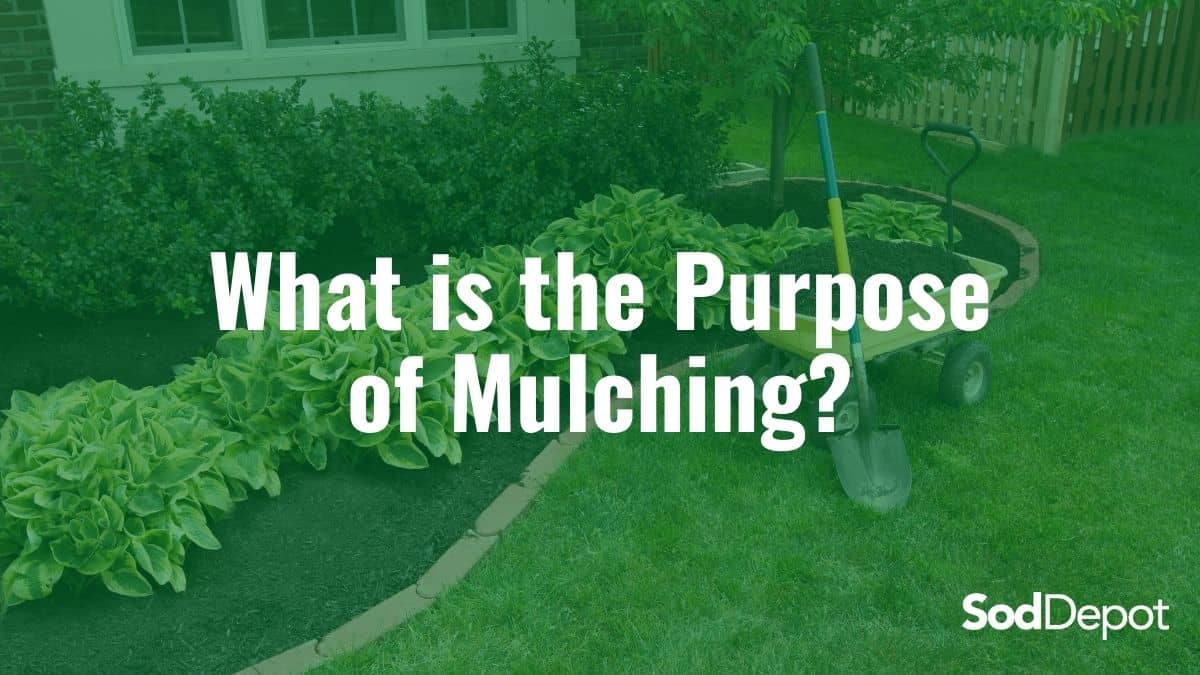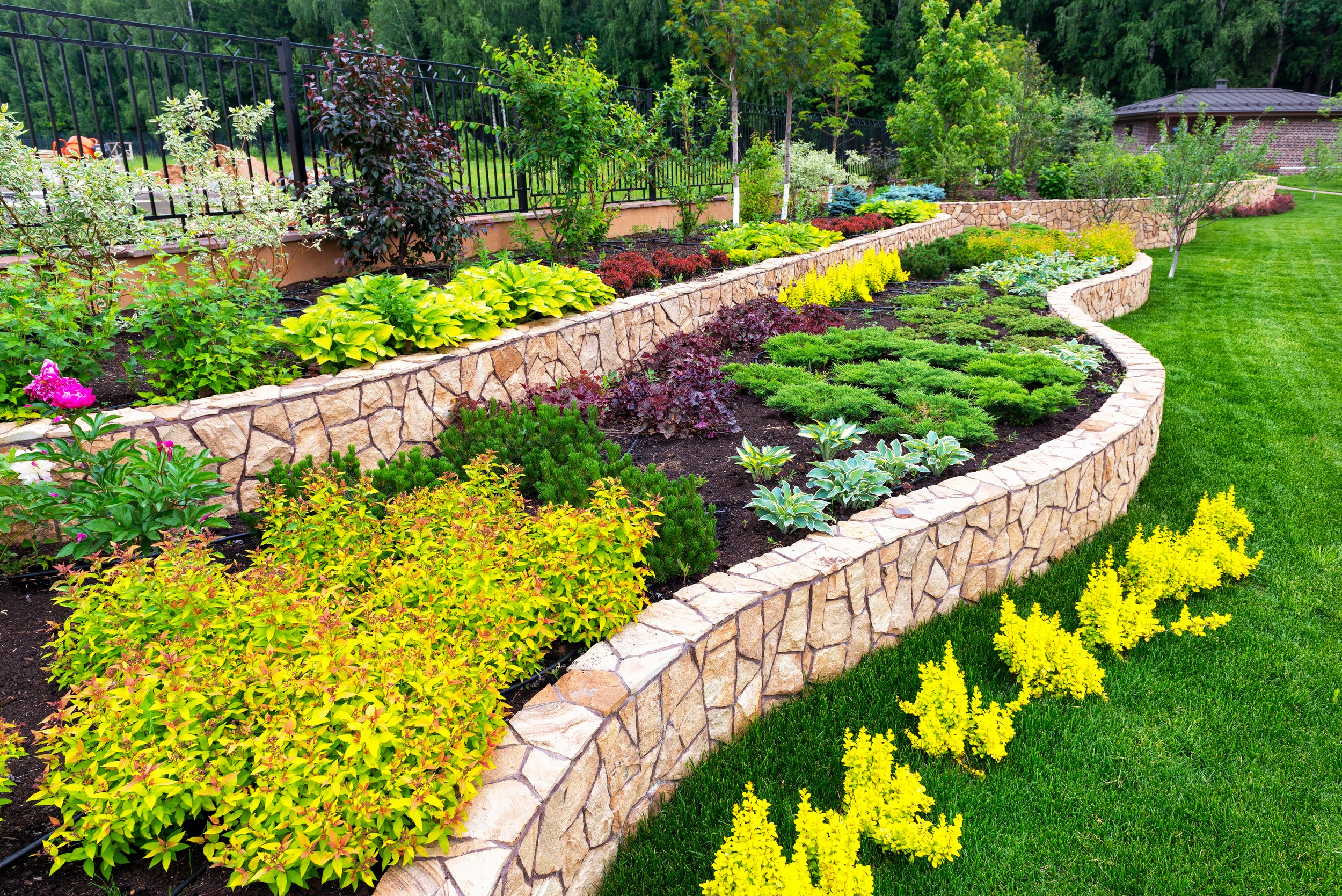Hilton Head Landscapes Can Be Fun For Everyone
Table of ContentsExcitement About Hilton Head LandscapesExamine This Report about Hilton Head LandscapesHilton Head Landscapes Things To Know Before You Get ThisThe Facts About Hilton Head Landscapes UncoveredHilton Head Landscapes - QuestionsFascination About Hilton Head LandscapesHilton Head Landscapes - QuestionsSome Known Details About Hilton Head Landscapes
Type compatibility is additionally a significant part of unity in designone or more strikingly various kinds benefit comparison and emphasis, but generally all various other types ought to have some resemblances for a merged appearance. Appearance refers to how coarse or fine the surface of the plant or hardscape product feels and/or looks.
Instances of plants with crude texture consist of philodendrons, agaves, bromeliads, hollies, hands, and hydrangeas. Hardscape with crude texture includes rough-cut rock, rough-finished block, and unfinished timber with knots and an elevated grain. Matured or old building material that keeps a weather-beaten surface is usually coarse in texture. Qualities that create great appearance include tiny vegetation; slim, strappy leaves (yards) or tall, slim stems; tiny, dense twigs and little branches; long stems (vines); and little, fragile blossoms.
8 Simple Techniques For Hilton Head Landscapes
A lot of plants are average structure, in that they can not be explained as having either crude or great appearance. Medium-textured plants act as a history to web link and merge the crude- and fine-textured plants.

To make a space feel smaller sized, place the coarse appearances along the outer boundary and the great textures closest to the customer. The information of the rugged structure makes the plants show up closer and makes the area really feel smaller. The viewed structure of plants can likewise alter with the distance from the plant.
Hilton Head Landscapes Things To Know Before You Get This
Vibrant shades boost the contrast and make the texture appear coarser, while low-key shades can flatten texture. Hardscape with a crude texturesuch as very harsh rocks and strong, big timberstends to make all plant product appear much more average textured. Designers usually create an appearance study (Number 8) theoretically to aid choose the arrangement of plant products.
Number 8. Texture research. Shade in plant material and hardscape includes rate of interest and range to the landscape. Shade is the most obvious element in the landscape and is generally the focus of most house owners; however, it is additionally the most short-lived aspect, usually lasting just a few weeks a year for specific plants.
Some Known Factual Statements About Hilton Head Landscapes
An easy description of the color wheel includes the three primaries of red, blue, and yellow; the three second colors (a mix of 2 primaries) of green, orange, and violet; and 6 tertiary shades (a mix of one adjacent primary and secondary color), such as red-orange. Shade concept explains the relationship of colors to each other and how they should be used in a composition.

Similar (sometimes called harmonious) color plans are any type of 3 to 5 shades that are surrounding on the shade wheel, such as red, red-orange, orange, yellow-orange, and yellow, or blue, blue-violet, and violet (landscape design hilton head). The shades relate to every other since they normally consist of 2 primaries mixed to form a secondary and two tertiary shades, which suggests they share common buildings
They tend to have high comparison in between them. One of the most typical sets are violet and yellow, red and green, and blue and orange. Complementary colors are often located normally in blossoms; an usual pair is yellow and violet. Color is located in the blossoms, vegetation, bark, and fruit of plants.
Some Known Facts About Hilton Head Landscapes.
Green foliage in all its numerous shades is the leading color by amount, however other colors record interest more conveniently due to their high contrast to the shade green. Shade is also discovered in structures, rocks, pavers, wood, and furnishings. Most shades in natural materials, such as rock and wood, are commonly muted and often tend to be variations of brownish, tan, and light yellow.
Colors have homes that can impact emotions, spatial perception, light quality, balance, and emphasis. Cool shades often tend to be relaxing and must be utilized in areas for relaxation and serenity.
Hilton Head Landscapes Can Be Fun For Everyone
The "temperature level" of colors can also Continued influence the perception of distance. Amazing colors often tend to decline and are viewed as being farther away, making a room feel bigger. Warm shades tend to advance and are viewed as being closer, making an area feel smaller sized. Color can also be utilized to capture interest and direct sights.
For instance, brilliant yellow, which has the highest possible intensity, additionally has a high contrast with all other shades (typically defined as a "pop" of color) and must be conserved. A percentage of intense color has as much aesthetic weight as a huge amount of a more restrained or weak color.
Comparable (sometimes called harmonious) color design are any kind of 3 to 5 colors that are adjacent on the color wheel, such as red, red-orange, orange, yellow-orange, and yellow, or blue, blue-violet, and violet. The shades belong per other because they normally consist of 2 key colors blended to create a secondary and two tertiary colors, which indicates they share usual homes.
The Greatest Guide To Hilton Head Landscapes
Complementary shades are commonly discovered naturally in blossoms; a typical pair is yellow and violet. Color is discovered in the flowers, foliage, bark, and fruit of plants.
Environment-friendly vegetation in all its different shades is the leading color by quantity, yet other shades capture interest quicker since of their high contrast to the shade eco-friendly - landscaping hilton head sc - https://www.artstation.com/stevengonzales53/profile. Shade is likewise found in structures, rocks, pavers, wood, and furnishings. Many shades in natural products, such as stone and timber, are generally low-key and have a tendency to be variants of brown, tan, and light yellow
10 Simple Techniques For Hilton Head Landscapes
Shades have residential or commercial properties that can impact emotions, spatial understanding, light high quality, equilibrium, and focus. Great shades often tend to be relaxing and need to be made use of in locations for leisure and serenity.
The "temperature" of shades can additionally influence the assumption of distance. Trendy shades often tend to decline and are viewed as being farther away, making a space feel larger. Warm shades have a tendency to development and are viewed as being more detailed, making a room feel smaller. Shade can additionally be utilized to catch attention and direct sights.
As an example, intense yellow, which has the greatest intensity, also has a high comparison with all various other colors (commonly referred to as a "pop" of color) and ought to be used sparingly. A percentage of intense shade has as much visual weight as a large quantity of a more subdued or weaker color.